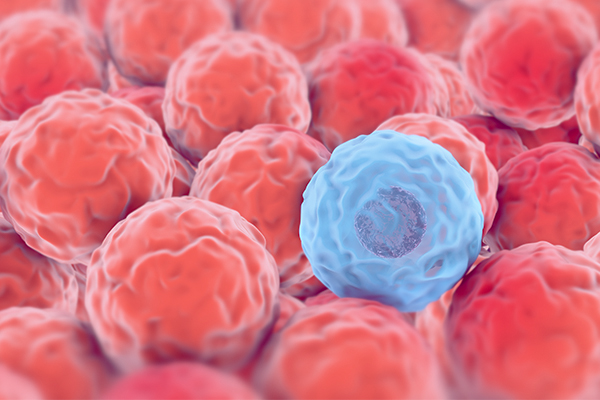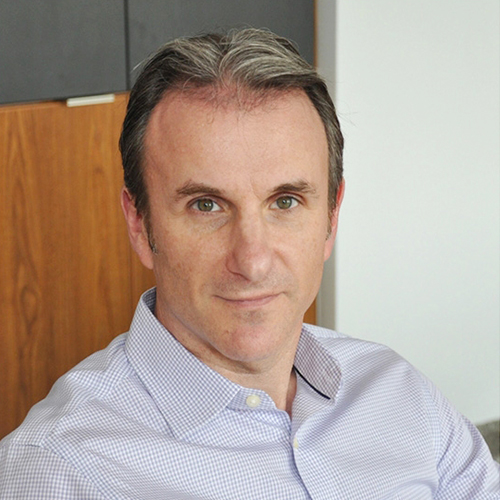
The brain is made up of multiple interconnected cell types that form intricate networks, giving rise to its many important functions.
Scientists around the world are using new techniques in analyzing single brain cells to deepen their understanding of conditions like depression, schizophrenia, bipolar disorders and neurodegenerative diseases such as Alzheimer’s and Parkinson’s. By examining single cells, researchers hope to hone in on the problems that occur within these circuits when diseases or disorders occur.
The goal of the Ludmer Centre's Single-Cell Genomics Brain Initiative (SCGBI) is to understand the role that individual brain cells play at the molecular, anatomical and structural levels.
Using the detailed map of the human brain at a single-cell resolution, as well as the technological and statistical analysis of individual brain cells in greater detail than ever before, our researchers will be able to better understand normal brain function, and find potential treatment for psychopathologies, neurological disorders and brain cancers.

Gustavo Turecki, MD, PhD, Chair of McGill’s Department of Psychiatry and Scientific Director of the Douglas Institute has been instrumental in launching and establishing the SCGBI. His research and work as a clinician-scientist involves the investigation of the single-cell changes taking place in the brain of individuals with depression. The possibilities for progress on our understanding of brain diseases and disorders using a single-cell approach to research are enormous. The SCGBI has the potential to position the Ludmer Centre as a world leader in the emerging field of single-cell brain neurobiology.

